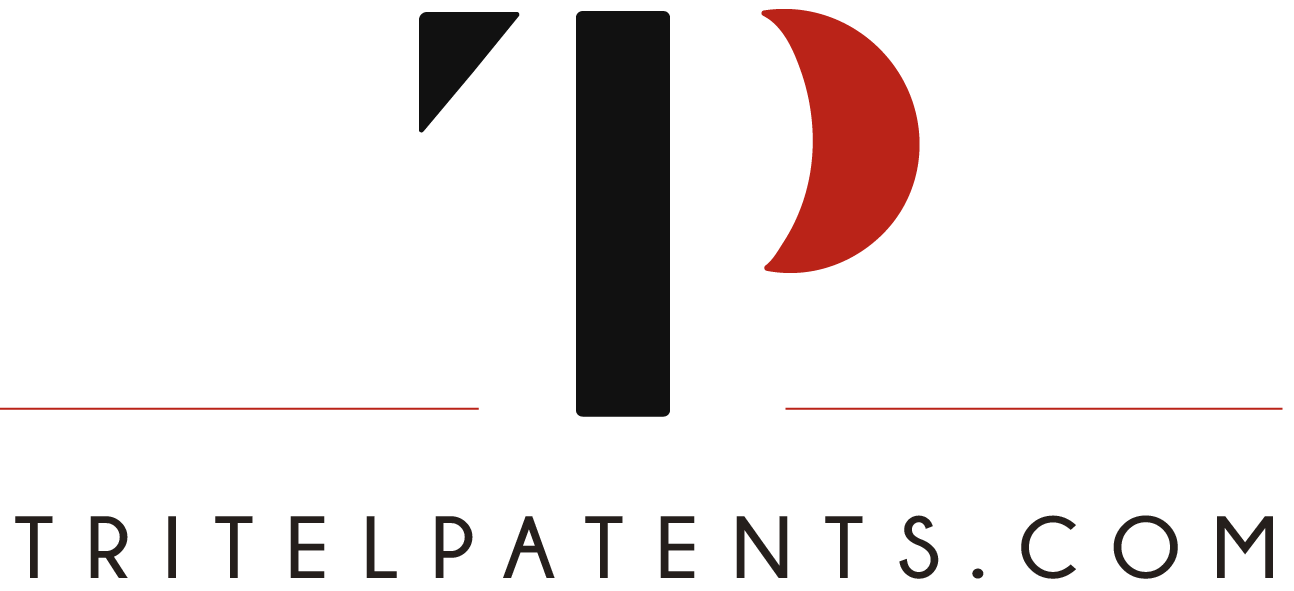If you’re innovating in medicine or biotech, you may wonder if medical breakthroughs can be patented. The answer is more nuanced than you might think. Let’s break it down.
Patenting Medical Innovations: The Basics
Medical innovations follow standard patent rules. To secure a patent, your invention must be new, non-obvious, and well-described in the application (see our previous post on this topic: https://tritelpatents.com/article-1/).
Unique Challenges of Medical Breakthroughs
Some types of inventions are not eligible for patent protection. A key example is therapeutic methods for treating the human body, which cannot be patented in many countries.
What Can be Patented
But there still are many types of medical breakthroughs that can be patented:
Therapeutic Methods in the US: The US does allow patents for therapeutic methods.
Drugs, Formulations, and Devices: New drugs, drug formulations, and medical devices can generally be patent-protected against rival manufacturers.
Veterinary Methods: Treatments for animals often bypass restrictions on human therapies and can be patented.
Non-Therapeutic Treatments: Non-therapeutic cosmetic procedures and contraceptives may also qualify for patents.
Beyond Patents: Additional Protections
Other tools, like trade secrets and regulatory exclusivity, can complement patent protection. Stay tuned for a future post exploring these options!
Conclusion
Patenting medical breakthroughs is a nuanced area of intellectual property law, with significant local variations. For tailored advice on your specific situation, consult a qualified professional.
Wishing you success in developing your innovations!
Follow me on LinkedIn (https://www.linkedin.com/in/moshe-tritel/) to get definitions of patent terms and other useful information.

